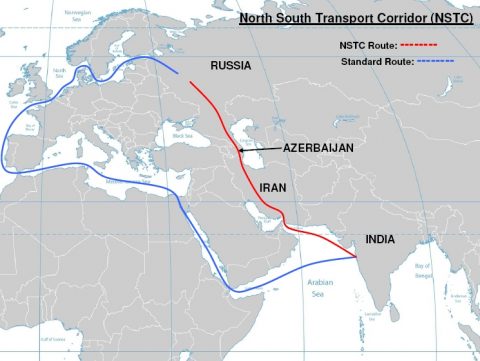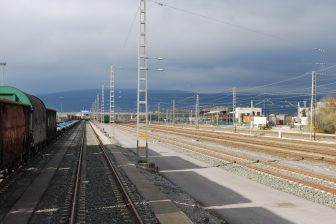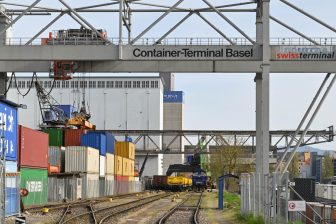
Missing link International North–South Transport Corridor almost complete
The Rasht-Astara line connecting Iran and Azerbaijan is almost complete and operations may commence early next year. The connection is the missing link on the International North–South Transport Corridor (INSTC), a 7,200 kilometer-long freight route connecting India, Iran, Azerbaijan and Russia via ship, rail and road.
Works on the vital link include the construction of the Astara-Astara line, which connects Azerbaijan and Iran and two Iranian railway lines, connecting Astara with Rasht and Rasht with Qazvin. Once completed, the Rasht-Astara line will connect to the existing Iranian network, with Bandar Abbas as its important sea port terminal and, in the north, to the network of Azerbaijan, with railway hubs in Astrakhan and Baku.
Astara-Astara line
The Astara-Astara line links the two cities of the same name via ten kilometer of rail, of which eight kilometers lie in Azerbaijan and two in Iran. The construction of the section in Azerbaijan is already complete, while the Iranian stretch nears completion, deputy director general for international affairs at the National Republic of Iran Railways (RAI) Mozhgan A. Kordbacheh recently said.
The railway, with a total cost of 51 million Euros includes the construction of a bridge over the Astarachay River and four terminals for the handling of containers, oil, grain and general cargo. It was expected to become operative in January this year, but due to several delays the current expected launch date is in February 2018.
Iranian sections
The Astara-Rasht is the longest section on the line, with 164-kilometers of railway connecting the Iranian cities. Currently, 162 kilometer has already been completed, Kordbacheh said. RAI is actively negotiating with foreign partners about the financing scheme of the project, totalling a cost of 425 million Euros. In the coming weeks, talks in this regard are held in Azerbaijan’s capital Baku.
The Rasht-Qazvin section comprises of 163 kilometers of railway, of which 95 per cent has been completed. The remaining construction work is expected to be completed by the end of 2017, Kordbacheh revealed.
Reduced journey time
The Astara-Qazvin line forms an integral part of the International North–South Transport Corridor (INSTC), as it will reduce journey times between Mumbai and Moscou from forty to fourteen days. Test runs have already been carried out, while a dry run was conducted a few months ago. It is anticipated that in the future ten million tonnes of freight will be transported within the network.
Apart from constructing the missing link, parties involved aim to apply competitive tariffs in order to support growth on the corridor. Moreover, up-to-date transport services and simplified customs clearance of cargoes must be realised, the Iranian and Azerbaijani rail companies agreed at a recent meeting. The main objective of the INSTC is to provide an alternative to the traditional routes carried out by sea through the Suez Canal and the Mediterranean and the Baltic Sea. A south-west offshoot is also under consideration, connecting Iran, Azerbaijan, the Black Sea and Europe.
Also read:





